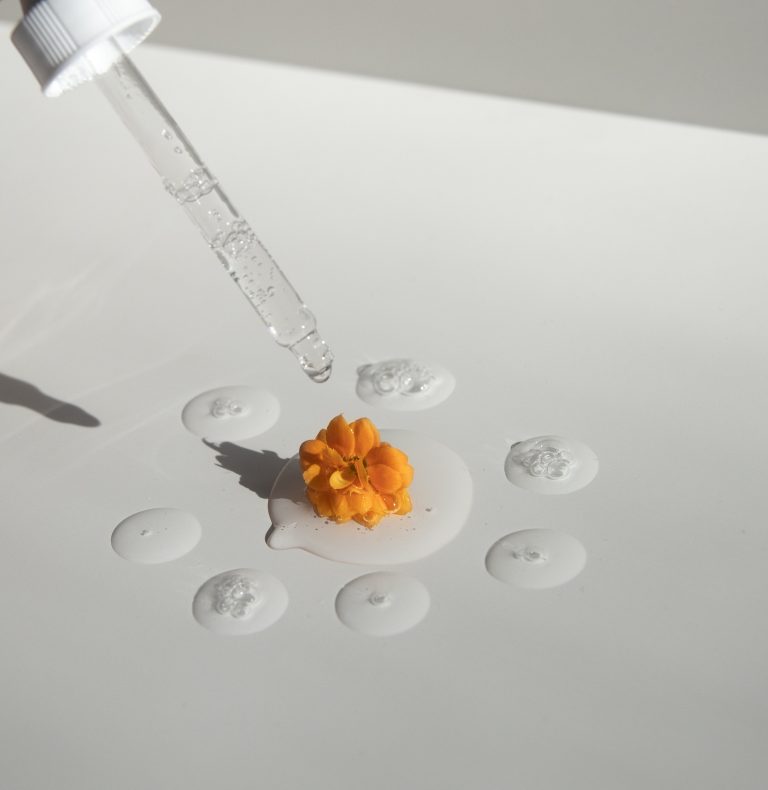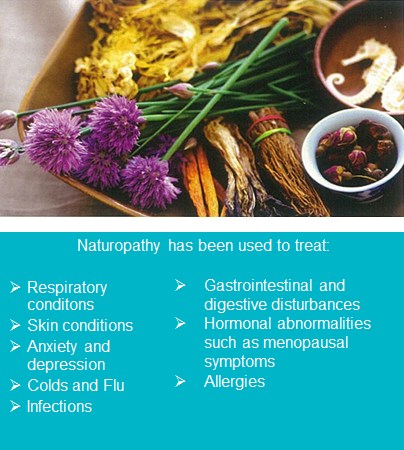Gardening is a rewarding and enjoyable hobby that allows you to connect with nature and beautify your surroundings. Whether you have a small balcony or a sprawling backyard, anyone can become a successful gardener with a little knowledge and a green thumb. In this guide, we will provide you with helpful tips and techniques to get started on your gardening journey.
Choosing the Right Plants
Before diving into gardening, it’s essential to choose the right plants for your space and climate. Consider factors such as sunlight, temperature, soil conditions, and space availability before making any plant selections. Focus on selecting plants that are suitable for beginners and low maintenance, such as succulents, herbs, or easy-to-grow vegetables like tomatoes or lettuce.
Preparing the Soil
Good soil is the foundation for a thriving garden. Take the time to prepare your soil by removing any weeds, rocks, or debris. Depending on the type of plants you’re growing, you may need to amend the soil with organic matter like compost or well-rotted manure to improve its fertility and drainage. Testing the pH level of your soil can also help you determine if it needs any specific adjustments to support optimal plant growth.
Providing Adequate Watering
Watering is a crucial aspect of gardening. While different plants have varying water requirements, it’s important to strike the right balance. Underwatering can lead to wilting and stunted growth, while overwatering can cause root rot and other diseases. Pay attention to the moisture needs of your plants and water them accordingly. Consider investing in a watering can or a drip irrigation system to ensure adequate and efficient watering.
Managing Sunlight Exposure
Most plants require a certain amount of sunlight to thrive. Before planting, assess the sunlight exposure in your garden. Some plants prefer full sun, while others thrive in shaded areas. Position your plants accordingly, considering the direction of sunlight and any obstructions that may cast shadows. If your space lacks sunlight, you can also explore growing plants that tolerate low light conditions like ferns or snake plants.
Controlling Pests and Diseases
Pests and diseases are common challenges in gardening. To keep your plants healthy, learn to identify common pests in your area and employ preventive measures. Regularly inspect your plants for signs of pest damage or disease, such as yellowing leaves, holes, or unusual spots. Consider using organic pest control methods like companion planting, neem oil, or introducing beneficial insects to eliminate harmful pests without harming the environment.
Pruning and Maintenance
Regular pruning and maintenance can help promote healthy plant growth and maintain the overall appearance of your garden. Prune away dead or damaged branches, encourage new growth, and maintain the desired shape of shrubs and trees. Additionally, stay on top of weeding to prevent unwanted plants from competing for resources with your desired plants.
Conclusion
Gardening is a wonderful hobby that offers numerous benefits, both for your physical and mental well-being. With the right knowledge and dedication, anyone can develop their green thumb and enjoy the fruits of their labor. Remember to start small, be patient, and most importantly, have fun while exploring the world of gardening for beginners.




